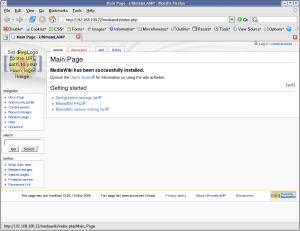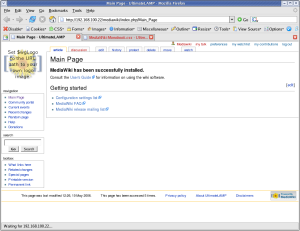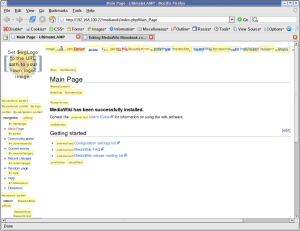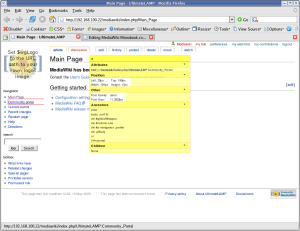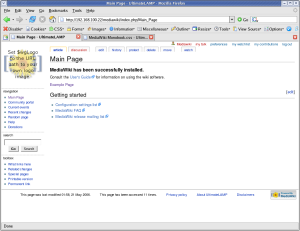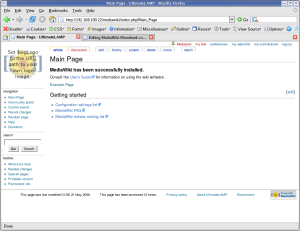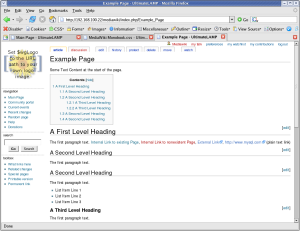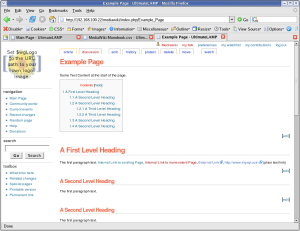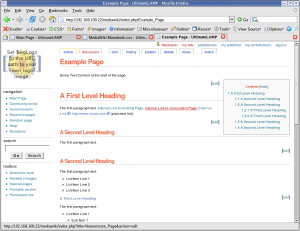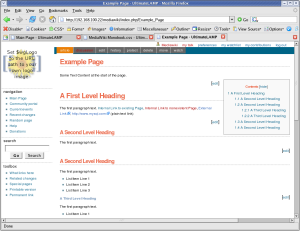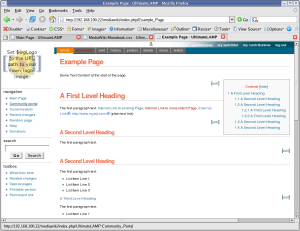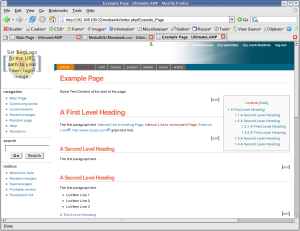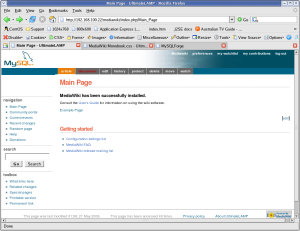I’m just about to launch a new project I’ve been working on in the past week. It has a RSS feed, and I wanted to ensure that within FireFox, this could be picked up as a live bookmark. This alone is a very cool feature. Using my Blog for reference, the following code is used.
<link rel="alternate" type="application/rss+xml" title="RSS 2.0" href="http://blog.arabx.com.au/?feed=rss2" /> <link rel="alternate" type="text/xml" title="RSS .92" href="http://blog.arabx.com.au/?feed=rss" /> <link rel="alternate" type="application/atom+xml" title="Atom 0.3" href="http://blog.arabx.com.au/?feed=atom" />
So adding a RSS2 live bookmark link is as simple as a header tag.
References
Live Bookmarks – Mozilla Description
Good Introduction Tutorial

 I’ve been using VNCViewer from
I’ve been using VNCViewer from 
